Introduction
The Middle East is at a strategic turning point. The blow dealt to Iran’s nuclear and ballistic missile programs, which, until now, have been the focal point of the regional struggle, has left the Gaza Strip as the last major arena of the radical axis comprising Iran, Hezbollah, the Houthis, and Hamas. Neutralizing the threat from Gaza is not only essential for the State of Israel but, in our view, also a key interest of the Trump administration, which seeks to promote a new regional order through the expansion of the Abraham Accords. These agreements, which have already yielded unprecedented cooperation between Israel and moderate Arab states such as the United Arab Emirates, Bahrain, and Morocco, form the foundation for building a new and stable regional architecture that can reduce the influence of extremist actors.
At the same time, it must be acknowledged that once international attention shifts away from Iran, Gaza is likely to become the focus of global scrutiny once more. Historically, rounds of conflict in Gaza have triggered sharp international criticism of Israel, sometimes accompanied by diplomatic or economic sanctions. Images of destruction and civilian suffering—circulated and amplified by Hamas supporters—tend to spark media maelstroms and increase pressure on Israel to cease its military operations. This is precisely why it is crucial for Israel to act swiftly and decisively to achieve its strategic objectives in Gaza: the collapse of Hamas as a military and governing force, the release of all hostages, and the establishment of a reality in which the Strip ceases to serve as a base for terrorist activity against the State of Israel.
Hamas, now increasingly isolated from its allies, is gradually losing its grip on the local population. Gaza residents are beginning to realize that the dream of rebuilding the Strip—as occurred after previous rounds of fighting—is no longer realistic. In the past, Hamas succeeded in leveraging international humanitarian aid to consolidate its rule, diverting funds and resources to the construction of military infrastructure such as tunnels and weapons depots. Today, with declining support from Iran and Hezbollah, its ability to sustain its power through these resources has diminished significantly. Even so, Hamas continues to take control of humanitarian aid delivered to areas under its authority and uses it to bolster what remains of its strength. In our view, the growing sense of despair among the population, combined with ongoing military pressure from the IDF, presents a unique opportunity for Israel to fulfill strategic objectives in Gaza.
Lessons from the Gaza campaign
The current campaign in Gaza shows that the most effective path for Israel to achieve its goals lies in asserting full control over two critical resources: humanitarian aid and the civilian population. Hamas is critically dependent on humanitarian aid as a “lifeline” for maintaining its power. Aid delivered to Gaza, which includes food, medicine, basic supplies, and even fuel, enables Hamas to control the population by selectively distributing resources to its supporters while suppressing dissent. Continued delivery of aid to northern Gaza, where Hamas is able to seize most of that aid, strengthens the organization and prolongs the fighting. Reports from the field indicate that Hamas continues to use this aid to sustain its rule, all while exploiting the civilian population as a human shield against IDF operations.
Claims by Israeli officials, including the Coordinator of Government Activities in the Territories (COGAT), that current aid distribution mechanisms prevent Hamas from taking control have proven inaccurate. Independent studies and reports, including those published by international organizations, show that Hamas continues to divert a sizable portion of aid for military purposes, such as maintaining tunnels and acquiring weapons. Moreover, these claims are often seen as misleading, as they rely on flawed assumptions about the IDF’s ability to oversee aid distribution in areas under Hamas control.
The most effective and practical alternative for handling the situation is the establishment of a temporary military administration that would oversee both humanitarian aid and the civilian population. This would allow the IDF to manage the situation on the ground directly, thereby reducing Hamas’s influence. However, this option was rejected for a variety of reasons, chief among them concern over international repercussions and opposition from elements within the Israeli government. Instead, a decision was taken to distribute aid in cooperation with international companies, while implementing a plan designed to move the population from the northern and eastern parts of the Strip to its south. The plan included:
Screening – establishing crossing points to check individuals moving southward and prevent terrorists from mingling with the population;
Safe zones – creating secure areas in southern Gaza where civilians would be concentrated and provided with humanitarian assistance;
IDF-controlled aid distribution – ensuring full IDF oversight of aid distribution to prevent Hamas from taking control;
Migration – allowing residents who wish to do so to leave the Strip, in coordination with international actors.
The logic behind this approach is to separate Hamas from the population—now its primary asset—to enable effective combat in areas where Hamas can no longer operate under civilian cover. This strategy would significantly increase pressure on Hamas to move forward with the release of the hostages.
Despite the plan’s potential, it has not been fully implemented. The IDF continues to deliver aid to northern Gaza, disregarding the need to evacuate the population. This is primarily due to legal opinions issued by the Military Advocate General and the Attorney General, which argue that evacuating civilians or restricting aid could violate international law. These legal opinions are controversial, and many international law experts, including former military legal advisors, argue that they are unfounded. For example, international humanitarian law, as outlined in the Geneva Conventions, permits military action if it adheres to the principles of proportionality and distinction between combatants and civilians. It also permits imposing a blockade on areas where the enemy is present, so long as civilians are given the opportunity to evacuate and receive aid in alternative locations. The Chief of Staff’s acceptance of the Military Advocate General’s position has made it harder for the IDF to achieve its military objectives—and has, in fact, increased the risk to Israeli soldiers.
Due to the failure to implement the plan, Hamas has managed to maintain a significant foothold in northern Gaza. The continued delivery of aid to the north allows the organization to keep using the population as a human shield while diverting resources to reinforce its rule. In contrast, the pilot program for direct aid distribution by an international organization has shown at least partial success. The distribution points, operating in limited areas in southern Gaza, have put real pressure on Hamas and sparked early signs of local resistance to its rule. Local power brokers, such as families and community groups, have begun cooperating with Israel in an effort to weaken Hamas, recognizing that its grip on power is beginning to falter.
However, even the direct distribution points suffer from poor organization. There is no proper registration system for aid recipients, and distribution is uneven, with powerful groups seizing the lion’s share of resources. The civilian zones that were meant to serve as safe shelters were never established as planned, and the migration plan has made no progress whatsoever. As a result, Israel is missing a critical opportunity to leverage the pressure on Hamas and complete its military and civilian objectives.
What should Israel do?
The partial success of the direct aid distribution pilot shows that the new model could be effective in weakening Hamas. Still, the model remains fragile and needs to be formalized and expanded to serve as a comprehensive solution. To that end, Israel should establish a dedicated task force to coordinate efforts across all relevant bodies: Southern Command, the Shin Bet, IDF General Staff, the Ministry of Defense, other government agencies, the international aid organization, and additional international partners. This task force would oversee aid management, civilian screening, the creation of safe zones, and the advancement of the voluntary migration plan.
The task force should operate along three main tracks:
Aid management – establishing a digital system to register and identify aid recipients, using technologies such as biometric ID. This system would ensure fair distribution and prevent powerful actors from taking control of resources.
Evacuation – implementing an organized plan to evacuate civilians from northern Gaza to secure areas in the south, including the construction of safe zones with basic infrastructure such as water, electricity, and medical services.
Facilitating migration – coordinating with third countries and international organizations, such as the UN and aid agencies, to allow residents who wish to leave the Strip to do so. This plan would require financial and logistical backing from the United States and countries that support the Abraham Accords.
In a previous article, we proposed evacuating around 100,000 wounded and sick Gazans along with their caretakers to neighboring countries—a step that could ease humanitarian pressure within the Strip.
Time is a critical factor. In about a month, reserve forces will complete their tours of duty. Calling them up again will be difficult, especially given the additional strain created by the operation in Iran. The reservists were mobilized in large numbers on the promise that this time, the campaign would be decisive. That promise makes it essential to seize the current window of opportunity to intensify military pressure. What is needed is not more troops, but fewer legal and operational restrictions on the use of force, and a concentrated effort to evacuate northern Gaza. Doing so would enable more effective combat in cleared areas while minimizing risk to civilians.
In past operations, such as Protective Edge in 2014, the IDF made major gains by focusing its efforts and applying overwhelming force in targeted areas. With today’s more advanced technologies—such as drones and enhanced intelligence—it can achieve comparable results faster, so long as the current restrictions on the use of force are relaxed.
The hostage issue remains one of the central challenges of the Gaza campaign. The Witkoff framework, which calls for a phased release of hostages through a staged deal, is no longer relevant and should be dropped. While it may have made sense earlier in the negotiations, it has lost its viability in light of the prolonged fighting and Hamas’s weakened position. Israel must make clear to Hamas, as well as to the mediators, Qatar and Egypt, that it demands the release of all hostages in one tranche, full disarmament of Hamas, and the expulsion of its senior leadership to a third country that does not border Israel. The message must be unequivocal: Hamas faces a choice—surrender and exile, or continued war until its total destruction. This approach will ramp up the pressure on Hamas and signal that Israel will not compromise on its core objectives.
Israel should immediately implement the following steps:
1. Halt aid delivery to areas under Hamas control – All humanitarian aid should be redirected to zones under IDF authority, with strict oversight and equitable distribution ensured through digital registration systems[1].
2. Evacuate the population from northern Gaza – Implement a clear plan to move civilians to secure areas in the south, including the construction of safe zones with basic infrastructure. The evacuation should be conducted through designated crossings to prevent Hamas operatives from being able to leave the area by mixing with the civilian population.
3. Establish a dedicated task force – Create a body to coordinate among all relevant actors. Previous attempts to form such a task force within the military have failed due to COGAT’s takeover of the process. A civilian authority, under the Ministry of Defense or another appropriate agency, should manage the humanitarian aid operation, the safe zones in IDF-controlled areas, and the migration plan.
4. Shift policy on the hostages – Demand the release of all hostages in one phase, the disarmament of Hamas, and the expulsion of its leaders. These efforts should include a biweekly reporting mechanism to the political echelon to track progress and address failures in real time.
Conclusion
The outcome of the campaign in Iran, combined with the current situation in Gaza, presents a unique opportunity for Israel to achieve its strategic goals. Hamas’s growing weakness—coupled with limited international support for the organization—has opened a window for its military and political defeat. But failure to execute a comprehensive plan, as outlined above, risks prolonging the conflict, intensifying international pressure on Israel, and undermining gains achieved so far. Decisive, concentrated action, including control over aid, evacuation of the population, and acceleration of combat, could bring about the collapse of Hamas within three months, according to military experts.
Establishing a dedicated task force would ensure effective coordination among all relevant actors and enable the advancement of long-term solutions, including the migration plan. These steps could offer Gaza’s population a better future. The success of the campaign depends on Israel’s ability to seize the moment and act with resolve, overcoming both internal and external constraints. Ultimately, a decisive outcome in Gaza would not only strengthen Israel’s security but also help lay the foundation for a new regional order built on the expansion of the Abraham Accords and a concerted effort to reduce the influence of Iran and its proxies.
[1] A military blockade intended to encircle enemy forces, isolate a specific area, or disable logistical capabilities is a permissible tool. International law distinguishes between a blockade and starvation. A blockade is a legitimate means of warfare under international humanitarian law, so long as it is directed against combatants and not intended to starve the civilian population. See the Protocol 1 to the Geneva Convention (1977). See also the UK Manual of the Law of Armed Conflict.
JISS Policy Papers are published through the generosity of the Greg Rosshandler Family.
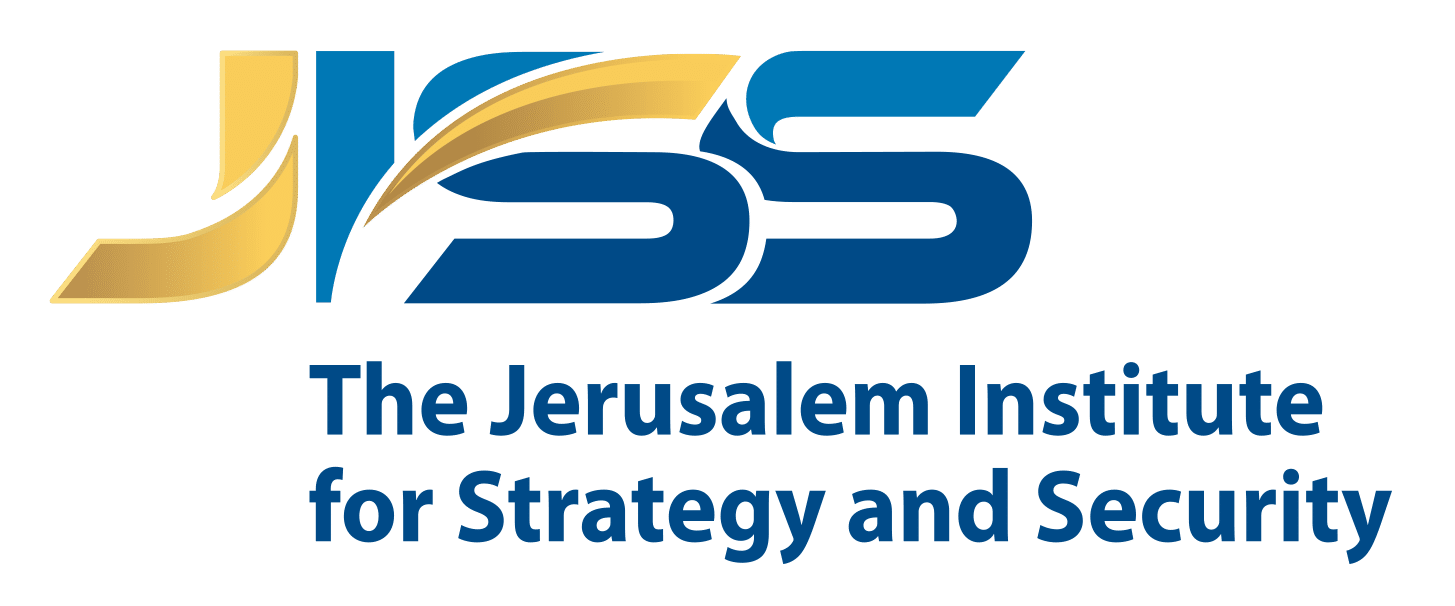






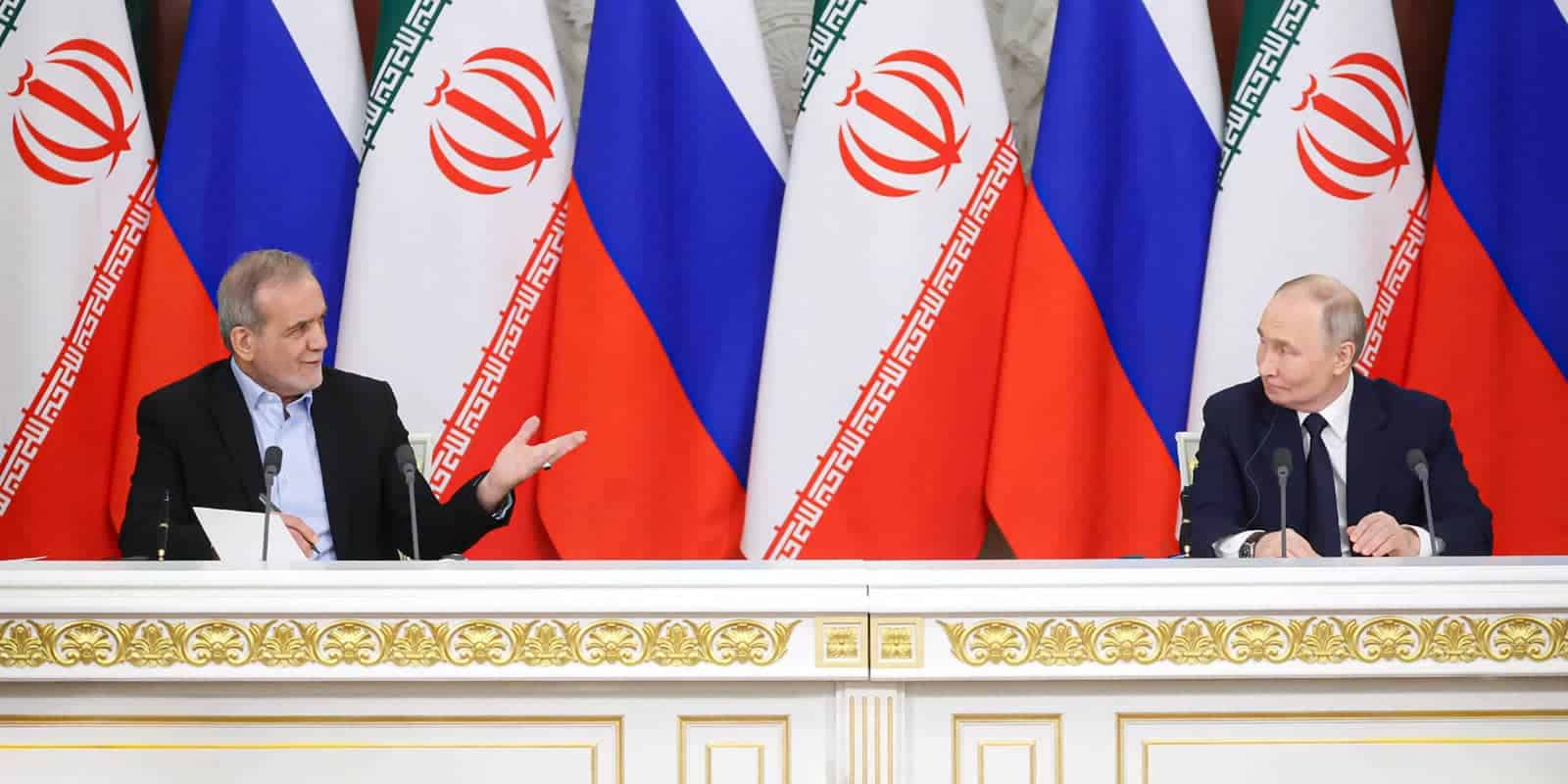
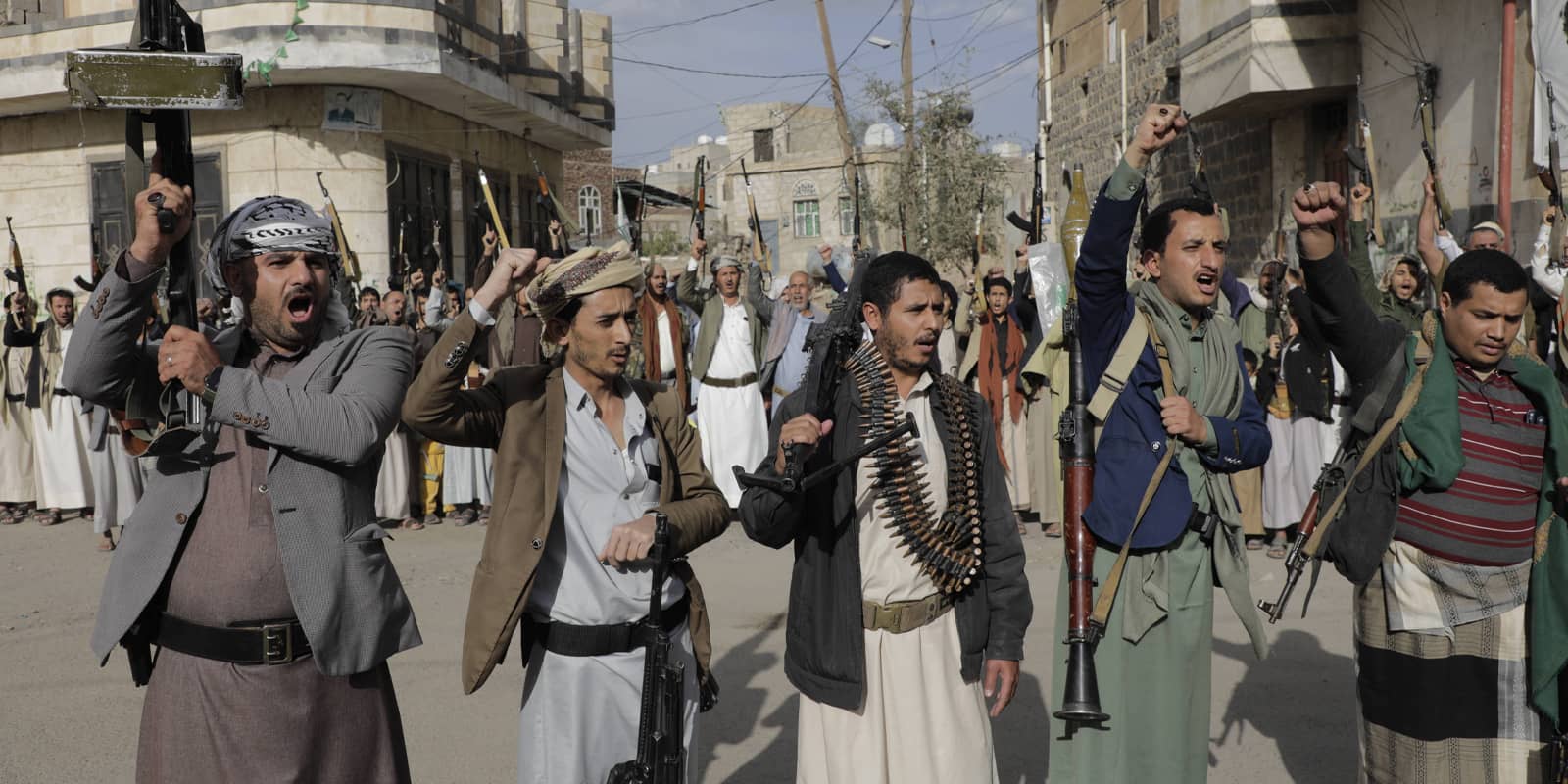
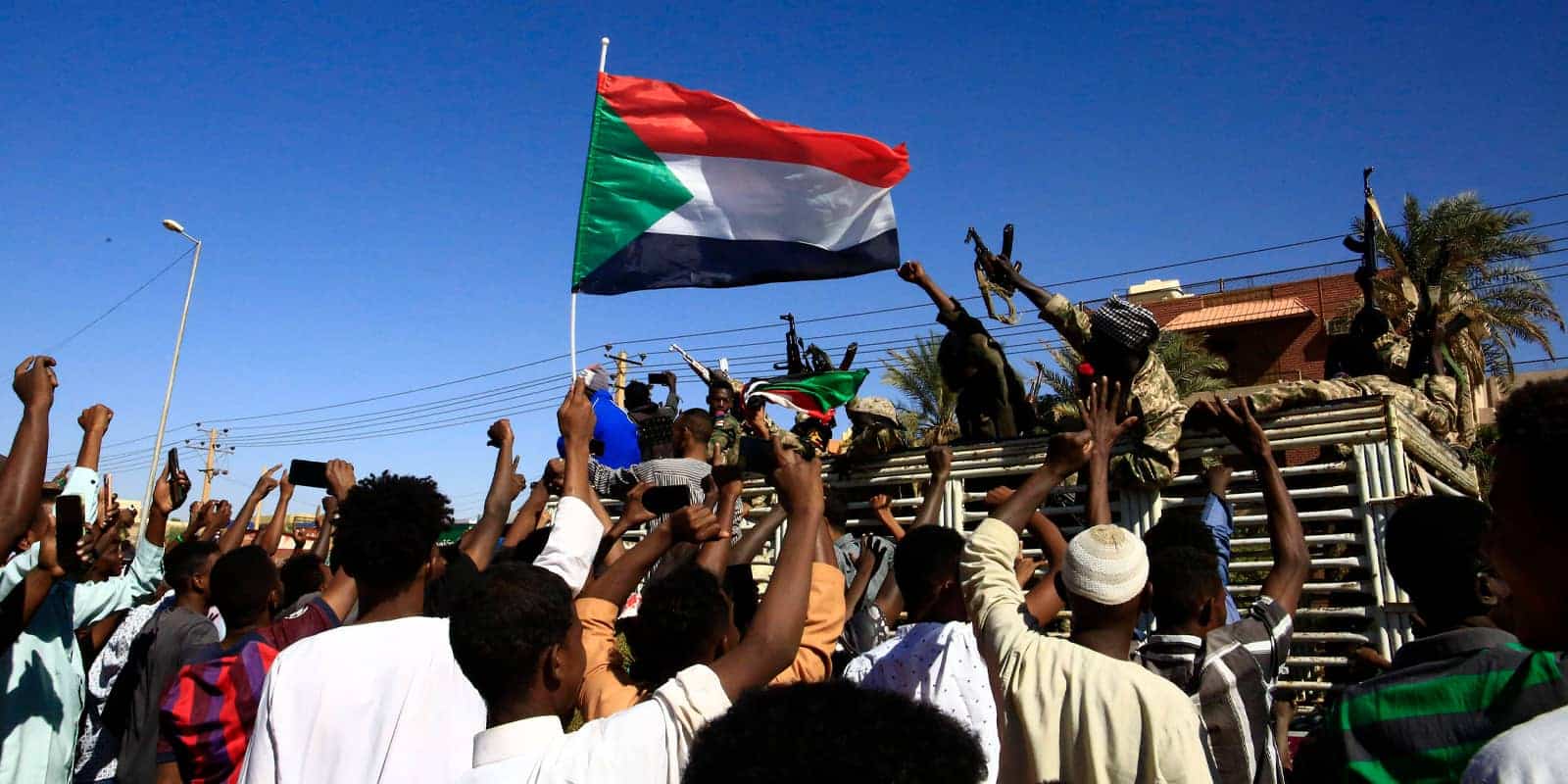



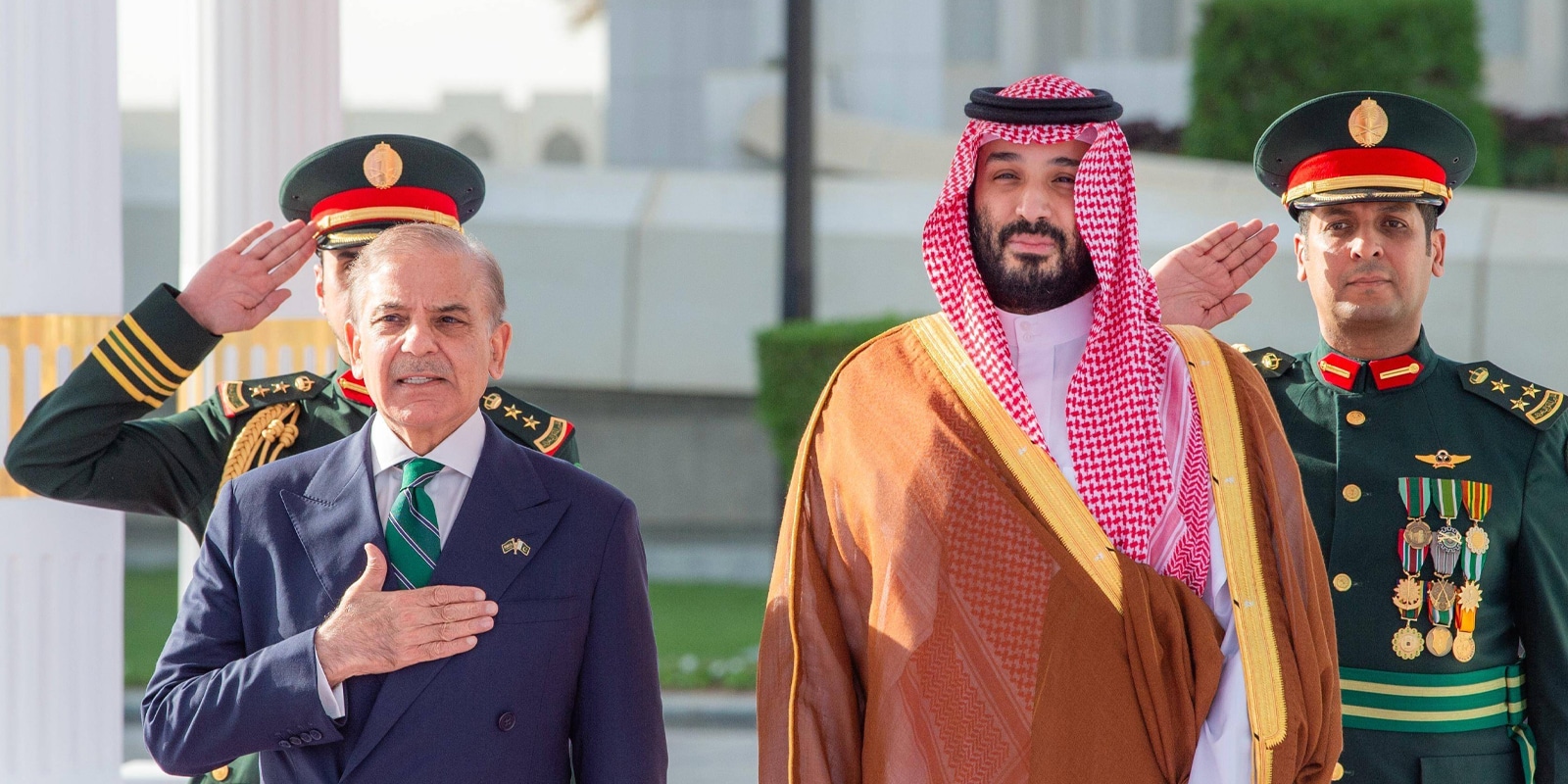
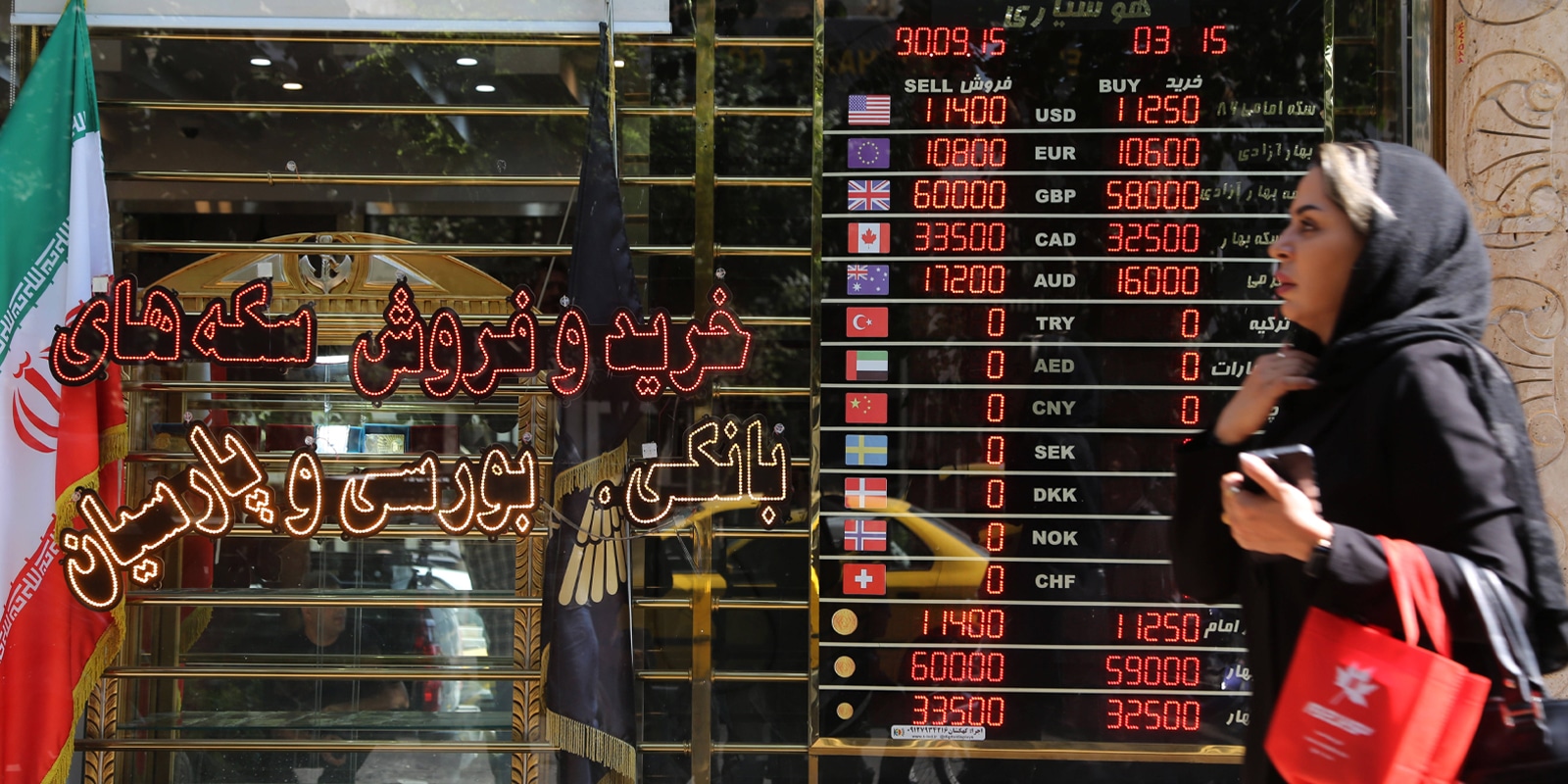

Hamas’s Battle with Gaza’s “Rogue Clans” in the Eyes of the Palestinian Public